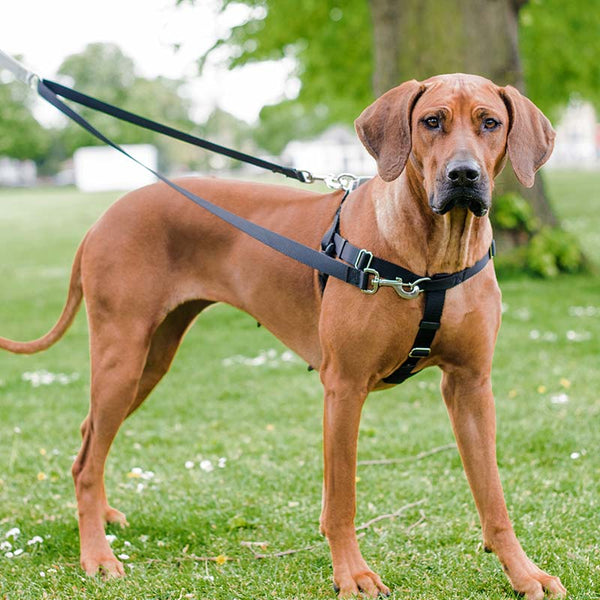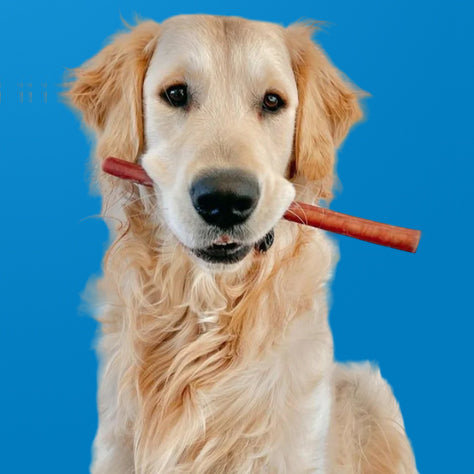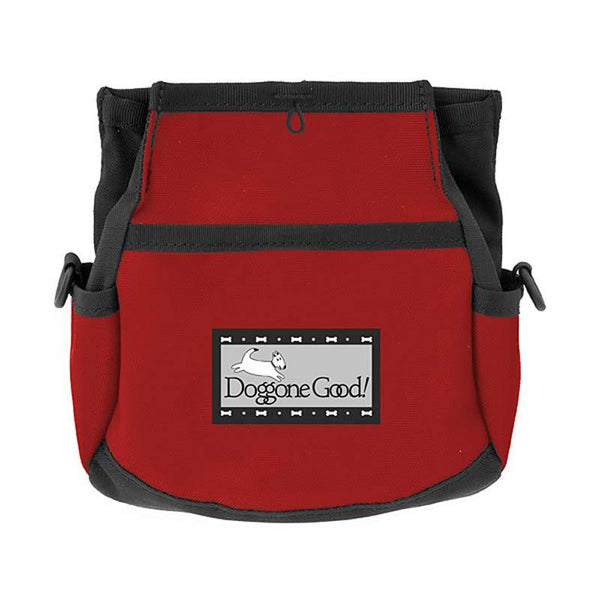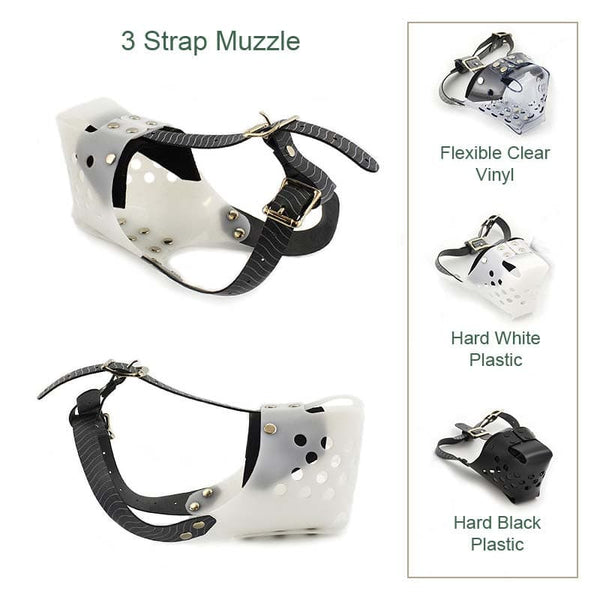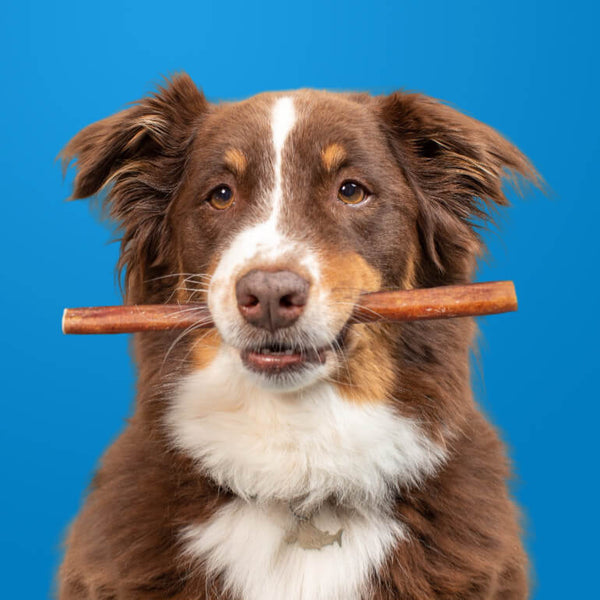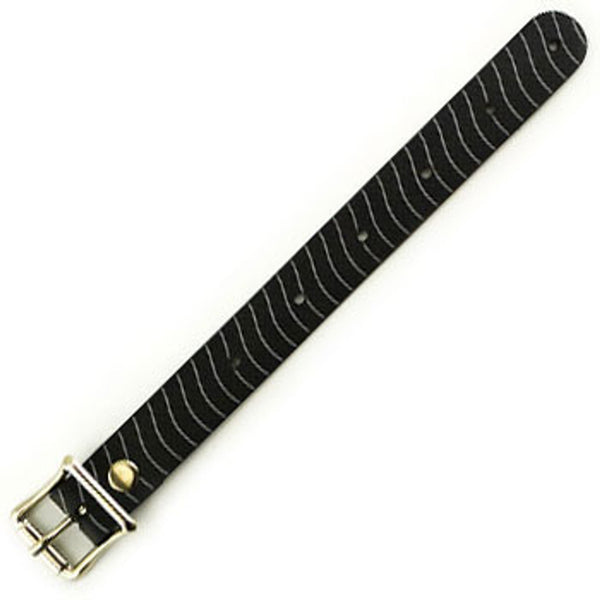Visiting a Friend's Home with Your Dog's Home with Your Dog
By Jess Rollins
Copyright Info

This is part 10 of a multi-part article designed to alert you to the many of the potential pitfalls of living with an untrained dog and how to best cope with them. In each description of a potential problem, I will outline how you can prevent it, how to teach good behavior, and what to do as an immediate response if you find yourself in a situation where you need to quickly stop him from misbehaving. Ideally, you will proactively prevent your dog's misbehavior and hence will not have many "Ack, STOP that!" moments. Using the "immediate responses" below more than a time or two each day could set back your training efforts with your dog and prevent him from learning how to behave politely. Therefore, if you find yourself relying on them too heavily, simply increase the prevention you are doing and make sure that your rewards for good behavior are truly rewarding to him. The immediate responses below are designed to interrupt your dog without either rewarding his misbehavior or frightening him.
Part 10: Visiting Friends at Their Homes with Your Dog
Visiting a friend or relative can be great fun as well as an important socialization opportunity for your dog, but be ready for some obstacles!
Potential problems to be on the look out for:
Housetraining accidents
Accidents are much more likely to happen at new places even if your dog has been doing great in your home. Consider bringing cleaning supplies along with you.
- Prevent: Don't let him out of your sight. A male wrap or diaper can be a good idea if your dog has not been house trained reliably in your home for more than a year. Take him for potty breaks more frequently than usual.
- Immediate response: ACCIDENT* (*Words in all caps are described in the key at the bottom of the page).
- Train: Reward your dog with treats and praise for going potty in the correct area when visiting.
Problems with resident pets
If there is a resident pet, introduce them carefully.
- If the resident dog is not friendly towards other dogs, simply keep the dogs separated out of sight of each other as best you can using a crate, gates, tether, or closing doors and give both dogs chewies to occupy them.
- If it is a dog-friendly dog, it is best to have them meet initially outside, ideally at a nearby park where they can be safely off their leashes. If that isn't possible, let them greet each other in as large an area as possible. Make sure that the leashes remain loose as they meet.
- If there is a resident cat, most likely they will need to be kept separated.
- Be sure your dog does not jump up on, or frighten, resident caged animals. Walk him briskly away if he gets overly excited about a caged pet. Train him "Leave it"
Barking for attention, jumping up, getting into your friend's "stuff".
- Prevent: Keep your dog close by you so that you can supervise. Use a tether or leash to keep him near or gate him in the room with you. give him something to chew on while you are engaged in conversation. Bring a crate for a visit that lasts longer than a few hours, and use that for times you will need to take a break from constantly supervising him.
- Immediate response: INTERRUPT and then follow the prevention tips above such as tethering and giving the dog a chew to work on.
- Training: Feed your dog treats for calm and polite behavior.
Key:
|
Instructions: |
|
|
ACCIDENT |
Clap your hands to interrupt him and then take him outside to finish. Once you have returned inside you can decide how to keep him more confined so that you won't have another accident. Clean the area with a pet-specific cleaner. |
|
INTERRUPT |
Say "Hey!" loudly and clap your hands to interrupt what he is doing. Then take a couple of running steps away to entice him to follow you from the area. |
Click for Part 9: Visiting the Pet Store with Your Dog
Click for Part 11: Taking Your Dog for a Ride in the Car






